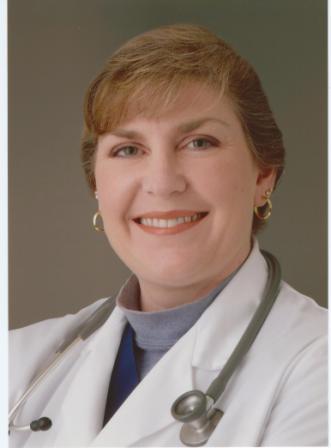 Suzanne Martens, MD, FACEP, FAEMS, EMT
Suzanne Martens, MD, FACEP, FAEMS, EMT
President, NAEMSP-WI Chapter
Immediate Past WI State EMS/Trauma Medical Director
There have been many questions generated over the discussion that Wisconsin EMS is headed towards universal statewide protocols. This is a 180 degree turn in the historical decentralized, or “home rule” philosophy for Wisconsin. However, I ask you to join me in anticipating a positive change.
The resource document for the developing protocols, or perhaps more correctly termed patient care guidelines, is an excellent evidence-based project supported by the National Association of State EMS Officials (NASEMSO). If you have never visited their website, please do… the site is home for other EMS projects including the Compass Project, the Fatigue in EMS project, and Naloxone Evidence-Based Guidelines.
Excerpts from the NASEMSO/Projects page:
The National Model EMS Clinical Guidelines Project was first initiated by NASEMSO in 2012 and has produced two versions of model clinical guidelines for EMS – the first in 2014 and the most recent version in late 2017.
The model guidelines project has been led by the NASEMSO Medical Directors Council in collaboration with eight national EMS physician organizations, including: American College of Emergency Physicians (ACEP), National Association of EMS Physicians (NAEMSP), American College of Osteopathic Emergency Physicians (ACOEP), American Academy of Emergency Medicine (AAEM), American Academy of Pediatrics, Committee on Pediatric Emergency Medicine (AAP-COPEM), American College of Surgeons, Committee on Trauma (ACS-COT) and Air Medical Physician Association (AMPA). Co-Principal Investigators, Dr. Carol Cunningham and Dr. Richard Kamin, directed the 2017 project as well as the original 2014 endeavor. Countless hours of review and edits were contributed by subject matter experts and EMS stakeholders who responded with comments and recommendations during two public comment periods. Drs. Cunningham and Kamin presented this project at the NAEMSP Annual Conference in January 2018.
Excerpts from the Guidelines -Introduction/Purpose & Notes:
NASEMSO recognizes the need for national EMS clinical guidelines to help state EMS systems ensure a more standardized approach to the current practice of patient care and, as experience dictates, adoption of future practices. Model EMS clinical guidelines promote uniformity in prehospital care which, in turn, promotes more consistent practice as EMS providers move across healthcare systems. They also provide a standard to EMS medical directors upon which to base practice.
The focus of these guidelines is solely patient-centric. As such, they are designed to provide a resource to clinical practice and to maximize patient care, safety, and outcomes regardless of the existing resources and capabilities within an EMS system. They are a set of clinical guidelines that can be used as is or adapted for use on a state, regional or local level to enhance patient care and benchmark performance of EMS practice.
The long-term goal is to develop a full range of evidence-based pre-hospital care clinical guidelines. However, until there is a sufficient body of evidence to fully support this goal, there is a need for this interim expert, consensus-based step.
The National Model EMS Clinical Guidelines can fill a significant gap in uniform clinical guidance for EMS patient care, while also providing input to the evidence-based guideline (EBG) development process.
Successful development into State EMS guidelines and protocols include these examples:
It is anticipated that the Wisconsin version of these patient care guidelines will become available in part during 2019, with development, roll out, implementation and editing to phase in over subsequent years. There will be consideration for Wisconsin scope of practice and medication formulary choices. It is recognized that not all sections will apply to all agencies. The EMS Physicians Advisory Committee and Dr. Colella, as the State EMS Medical Director, will have primary input.
These meetings, as well as the State EMS Board sessions, are open to the public and have remote access links for anyone who wishes to keep up with the debate, decisions and developments. Meeting information and member contact information are listed online.
Please join me in supporting this project!
